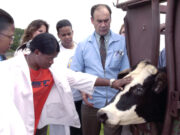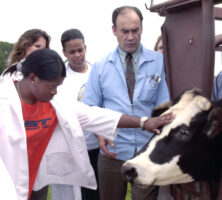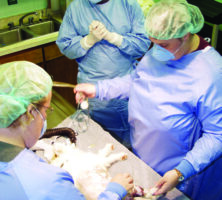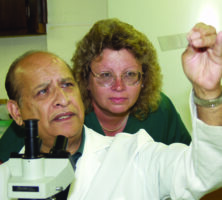As the demand for veterinary technicians exceeds the supply, Fort Valley State University’s College of Agriculture, Family Sciences, and Technology is helping to meet that need through its Department of Veterinary Science. Fort Valley State University prepares students for careers in veterinary medical practices, research institutions, pharmaceutical companies, and other animal-oriented enterprises.
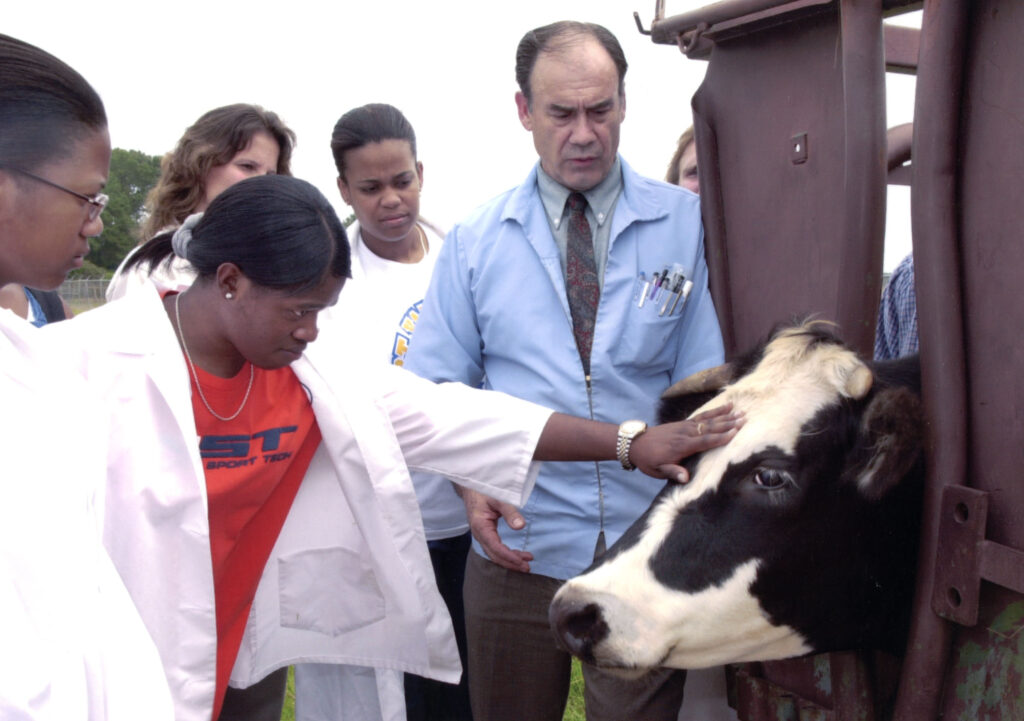
Courtesy of Communications Department, College of Agriculture, Home Economics and Allied Programs, Fort Valley State University
This department, established in 1976, is one of three veterinary technician programs in Georgia, and the only institution in Georgia to offer both the two-year and four-year degrees in veterinary technology. Of the ninety-eight veterinary technology programs in the United States, Fort Valley State’s is one of only fifteen offering a four-year degree in veterinary technology.
The O’Neal Veterinary Technology Building, originally consisting of 2,457 square feet and designed to accommodate thirty students, was completed in 1979. An advisory committee was formed in 1980 to provide input for strengthening the curriculum and to assist in recruitment efforts. In 1983 the two-year Associate of Applied Science degree program received full accreditation from the American Veterinary Medical Association. In 1986 a Bachelor of Science degree in Veterinary Science was first available, and the program received full accreditation in 2001.
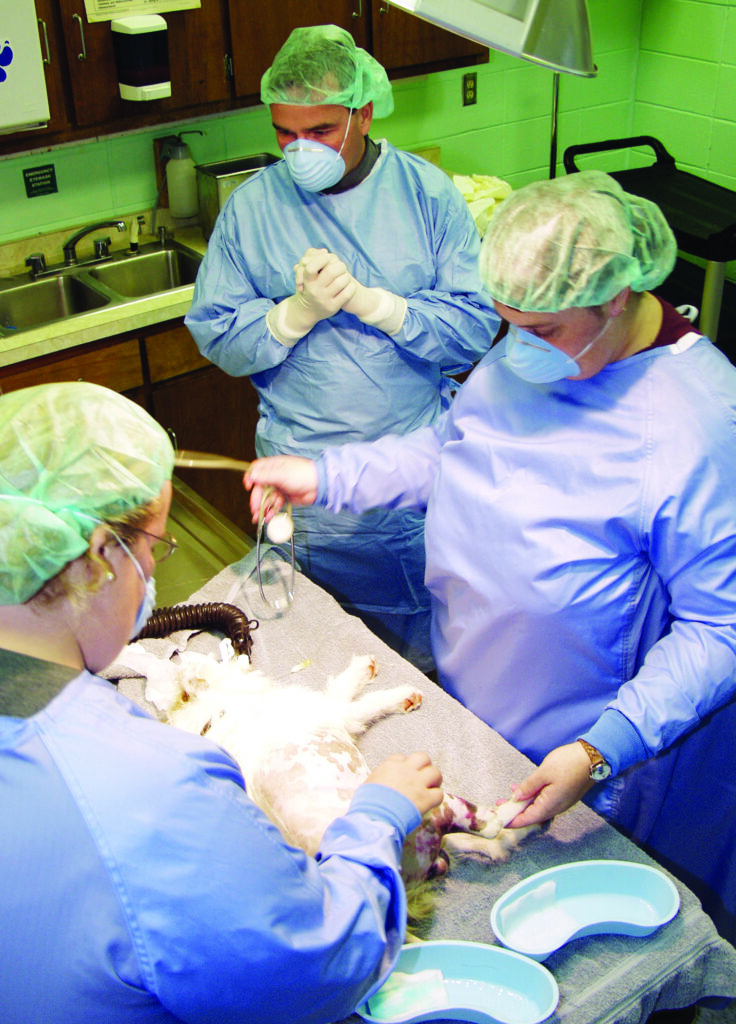
Courtesy of Communications Department, College of Agriculture, Home Economics and Allied Programs, Fort Valley State University
In 1987 the U.S. Department of Agriculture (USDA) began providing support for Fort Valley State University’s Department of Veterinary Science through the Strengthening Veterinary Technician Programs initiative. The USDA continues its financial support and also offers students opportunities for summer employment and permanent employment after graduation. At the start of the twenty-first century, departmental graduates had a record of 100 percent employment within the field. Students who plan to go to veterinary school can fulfill their preveterinary curriculum requirements in the Fort Valley State University program while completing the four-year degree.
Students are also encouraged to join the Veterinary Science Club, an authorized students’ chapter of the North American Veterinary Technician Association. In addition to learning about the veterinary technician profession and issues of the workplace, students also learn of national issues that the organization deals with on behalf of licensed veterinary technicians. At the local level, Veterinary Science Club members participate in such civic and community projects as taking animals for visits to area nursing homes.
In the summer of 2002 the department completed a molecular biology laboratory, where older technology is combined with newer state-of-the-art equipment to give students the opportunity to extract and purify DNA, RNA, and proteins from animal tissues and to culture cells from primary animal-tissue sources. The department trains future veterinary technicians for careers in the growing aquaculture industry. Students raise marine shrimp indoors to learn about the requirements of aquatic animals and how to care for them. Students also learn about the transmission, treatment, and prevention of infectious diseases. This knowledge enables them to assist veterinarians who commercially treat aquatic animals. The department also raises Japanese quail to be used for research and teaching purposes. It continues to maintain animal colonies that include horses, cattle, sheep, goats, dogs, cats, reptiles, birds, and lab animals.
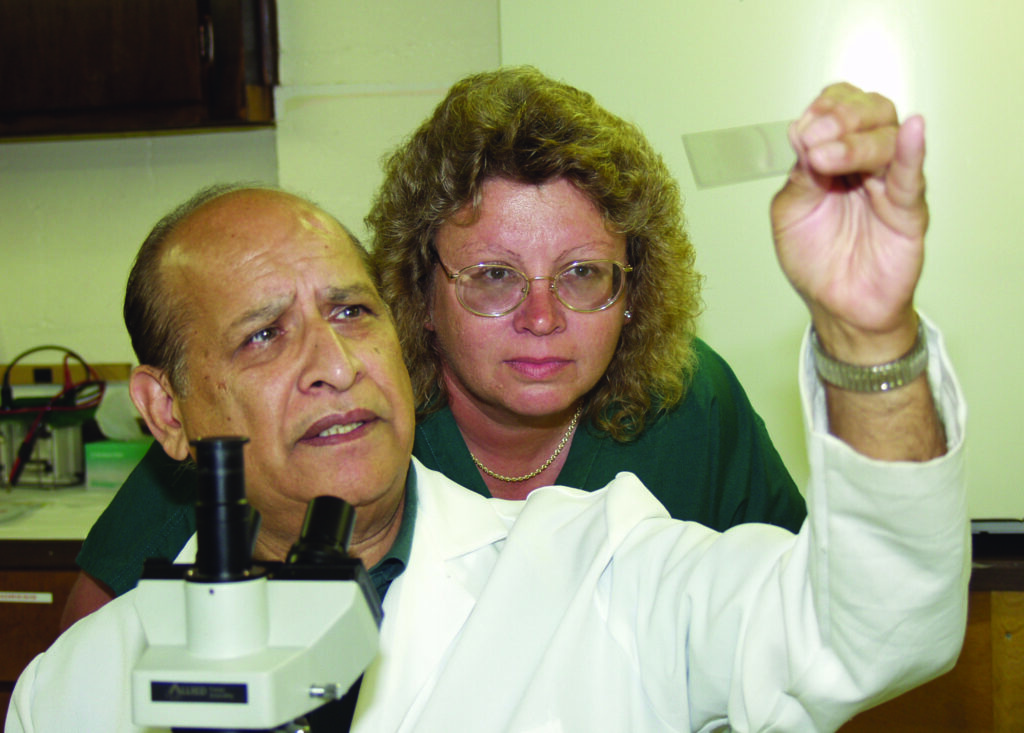
Courtesy of Communications Department, College of Agriculture, Home Economics and Allied Programs, Fort Valley State University
The University System of Georgia Board of Regents and the governor’s office approved $3 million for use in expanding the O’Neal Veterinary Technology Building. The new facility includes 17,000 square feet of space under one roof and makes the building one of the nation’s most modern training facilities for veterinary technicians.


